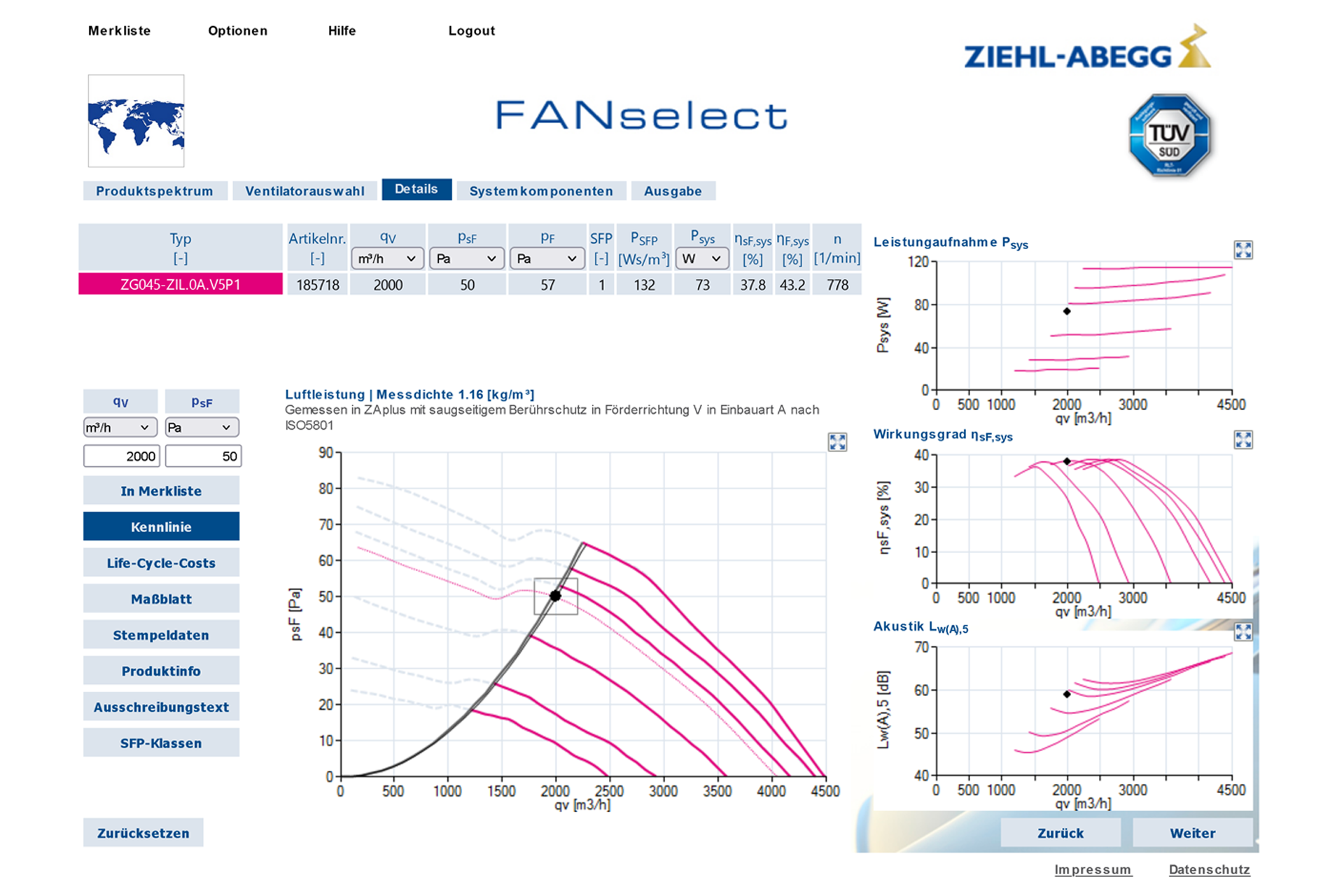

Product database
The flexible product data model for features, relationships and views
In most cases, item master data from the ERP system is not sufficient to ensure market- and media-oriented and customer-oriented product communication. Therefore, the supplementary maintenance of product structures, product features and product relationships, such as spare parts, accessories and product recommendations, follows. Mandatory fields and inheritance functions can be used to optimize data maintenance.
Building Information Modeling (BIM)
The BIM model is a type of database that contains all the geometric and alphanumeric parameters and characteristic values associated with the project or building and makes them available to all project participants. The CAD/BIM component catalog of our partner KiM (now part of the holding company 4PACE GmbH) offers designers and architects the option of accessing CAD or BIM files. crossbase provides the necessary PIM data for this via an interface. This means that BIM formats such as IFC (consisting of CAD drawing and PIM data) can be generated from the crossbase database.
Configurator
The information for a configurator can be managed in the crossbase database. For this purpose, various information is maintained.
Together with the partner Plan Software, a configuration interface from crossbase to 3PQ® was implemented. crossbase manages the selection options on the configuration interface: Drop Down, List, Slider, etc. The advantage is that no marketing-related information has to be maintained in the configurator, which is already available in crossbase. In the configurator, the rules for the configuration options are then maintained in addition and the output on the web interface is defined.
Product features
Product characteristics can be used to describe products in a structured way, e.g. to enable a dynamic filter search in the online store or to automatically generate the product tables in the printed catalog. To clearly organize maintenance, product features can be classified.
An attribute can be defined numerically or alphanumerically, with a unit of measure, language-dependent or language-neutral. For each attribute or value, a textual description or an image can be stored, which can be displayed media-specifically, e.g. in tables. The formatting of the numbers can also be adapted to the country, the values can be converted by means of formulas or texts can be combined.
Product views
Products are displayed in various views in the company, e.g. in the ERP system in a controlling view, in the design department in a functional view, in marketing in views for online and print, and for trading partners in different classification views such as ECLASS, ETIM, or UNSPSC.
With crossbase, you have integrated all views in a single database. In addition, it is possible to manage these differentiated product views as independent outlines and to reference the products within them. This means that they only have to be created and maintained once, but can be linked many times. The original creation of the products is done in an unambiguous product structure which is most often the result of a existing product hierarchy.
Product relationships
Spare parts, parts lists, accessories, sets, product recommendation and follow-up items are typical product relationships.
In some cases, these are maintained in the ERP or PDM system, but are usually incomplete. In crossbase, it is possible to define types and to grasp the relationships between products, e.g. under the form of an item-to-item relationship. Data maintenance is possible on an item-oriented basis (n items to 1 item) or as mass maintenance (n items to m items) and is thus much simpler than in the ERP system.
In addition, reference attributes can be maintained in the context of a relationship. In the context of a spare parts bill of material, for example, the item number and the quantity can be assigned. It is also possible to to specify in the link of an accessory to an item if it is mandatory, or optional.
We respect your privacy
AThis website does not use cookies to collect visitor data or behavior!





